Contents
- What is Macro Trading?
- The Difference Between Macro and Micro
- How Does Global Macro Trading Work?
- Global Macro Trading Strategies
- The Advantages of Global Macro Trading
- The Disadvantages of Global Macro Trading
- Approaches to Global Macro Trading
- Conclusion
- FAQs
What is Macro Trading?
Macro trading is a trading or investment strategy that makes use of fundamental analysis on a global or economic level to trade various markets, such as the futures markets, foreign exchange markets, commodities, fixed income, and other financial markets. Macro traders make their trading choices based on economic data, money supply, and the fiscal policies of a country.
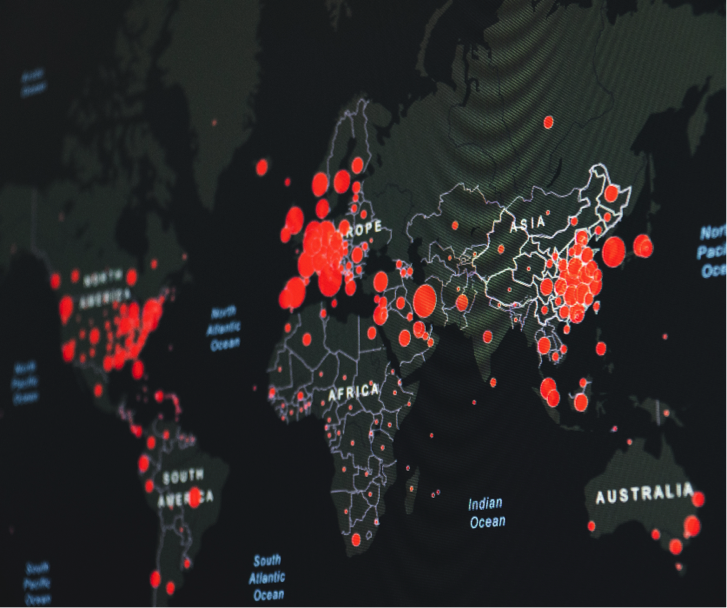
Global macro trading examines important patterns on a global or national scale. If the economic prognosis looks profitable, investors may acquire assets based on that economic data in the hopes that the asset prices will increase.
In cases where there are a lot of uncertainties, macro investors may decide to reduce their positions or exposure. If all economic indicators say that an asset class will crash, investors and macro traders may decide to short sell stocks in that class.
Most macro traders use macro investment strategies that are based on the economic conditions of major nations, like the United States or their own countries. They may take long and short positions based on the economic data gathered for that economy.
For instance, the forecast for Nigeria is good due to some macroeconomic developments. Macro investors would buy some asset classes in Nigeria while shorting some other asset classes in other national economies.
Also Read: Risk Reward Ratio Ultimate Guide
The Difference Between Macro and Micro
The term “macro” defines large scale events, while the word “micro” signifies small scale. Macro traders trade macroeconomic information. They look for broad systemic factors that help them come up with trade ideas.
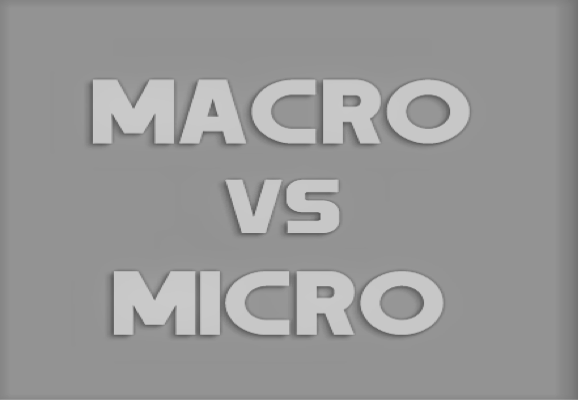
Micro trading is practically trading in the foreign exchange market. A retail investor trades on a micro-scale. Micro trading strategies do not factor in macroeconomic trends, geopolitical trends, inter-government relations, interest rates, or macroeconomic principles.
A macro investor strictly makes use of a fundamental analysis based trading strategy. While micro investors make their trading strategy based on both fundamental and technical analysis. The fact that macro and micro traders use different strategies, does not mean that they aren't both market participants.
Intrinsic value and growth investing is also a micro trading strategy because its primary objective is unit assets. Purchasing a single stock based on technical analysis or earnings per share is an example of micro-investing.
How Does Global Macro Trading Work?
Macros trading can be very complex. Most macro traders formulate their global macro strategies using steps. The common steps used by macro traders are the creation of concepts, filtration or optimization, and risk management. These steps guide and help traders benefit from the new world economy.
Creation of Concept
Before purchasing any security or asset, a trader or investor carries out research to find out its intrinsic value. Investors analyze financial market data and use other indicators like business cycles, leading surveys, the Purchasing Managers' Index, and interest rates.
This would enable traders to know if an asset is overvalued or undervalued. The creation of a concept can be a complex process, hence the need for macro trading tools.
For instance, in the forex market. An investor is looking to buy British pounds against the Canadian dollar (GBP/CAD). All global macroeconomic data suggests that GBP has a lot of strength and potential for upward movement in the market price.
On the other hand, CAD macroeconomic trends show weaknesses. Global macro traders will be bullish on GBP (Great British Pounds) and bearish on CAD (Canadian Dollars).
The creation of concepts is the first step of global macro trading because traders have to create a watchlist and bias in the market before looking to take any position.
Optimization
After the creation of concepts, global macro traders would make a thorough assessment of their watchlist with the aim of discarding low-quality trade opportunities.
Optimization would help select the best trades for investors and traders. In the long run, it would increase the performance of both traders and investors.
Optimization may sometimes require sentiment analysis and reading of price action to help a global macro strategy perform better.
For instance, the dedication of traders' news, commonly known as the COT report, is a periodic sentiment indicator that records and informs macro traders about hedge funds, businesses, and other market participants.
This allows a macro investor to know the aggregate demand and supply in the global markets. This knowledge would enable them to optimize their trading positions appropriately. Optimization may include good entries, good trade calls, and better rewards when compared to risks.
Risk Management
Risk management is the act of controlling your exposure to the market. With proper risk management, investors incur minimum losses if things do not go as planned. Profits are maximized when trades go as planned.

Also Read: Day Trading Options: A Risky Yet Profitable Strategy
Global Macro Trading Strategies
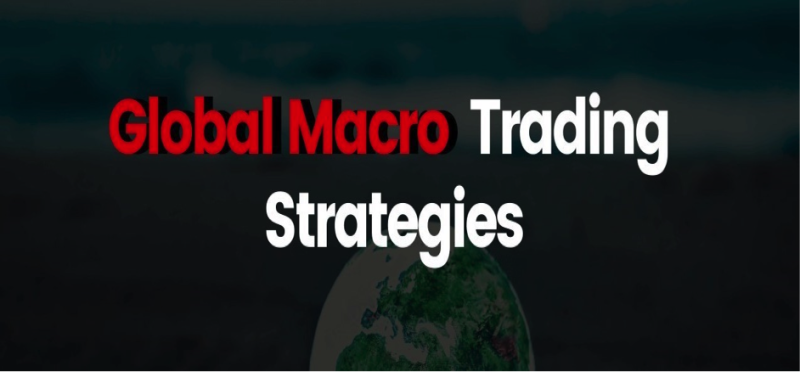
A global macro trading strategy is a mutual fund strategy or a hedge fund strategy. Its holdings are mostly based on the broad economic and social perspectives of a number of nations. They use macroeconomic concepts as a guide.
Common holdings include short and long exposures in a number of equities, fixed income, commodities, currencies, and futures contracts.
A macro trading strategy considers various factors that help forecast the future of an economy. Some of these factors will be explained below.
Trading with fundamentals
Macro traders use a strategic investment approach that implements economic conditions on a global macro or national level. This systematic trading technique makes use of data such as gross domestic product, interest rates, inflation, national news and forecasts.
No one data point is significant in and of itself. Macro investors, on the other hand, seek macroeconomic trends and excesses in data relative to historical levels.
Fiscal and monetary policy
Fiscal and monetary policies are schemes that the government and central banks adopt in order to control the flow of money in an economy. These policies could be inflationary or deflationary.
Monetary policies regulate the money supply in a global economic system through the use of interest rates, and foreign exchange (devaluation and revaluation). In order to manage inflation, economic growth, fixed income, and general liquidity.

Global macro investors and retail investors can use monetary policies for systematic macro trading. Monetary policy, through interest rates, regulates the availability of money in the economy. Low rates and an expanding supply of money lead to greater asset prices in general. Rising interest rates and a shrinking supply of money lead to falling market prices for assets.
Fiscal policies regulate global macro conditions, employment rates, and economic growth through the use of taxation policies and government spending.
Increased expenditure and reduced taxes tend to boost the economy. Reduced government expenditure and increased taxes on firms and individuals may hinder economic development.
Global macro investors recognize these policies when seeking global macro trading opportunities.
Geopolitics
Global macro investors use economic data to check the country's stability and possible future changes in the economy. A stable economy has lots of room for growth, but uncertainty can lead to anxiety and a drop in asset prices.

Following trends and price action
A global macro trader may be interested in price movements in an asset since they indicate that the stock index is moving or volatile for whatever reason.
Interest rate and commodities cycles can span decades, whilst stock market phases might last many years. As a result, if you detect a pattern early enough, you may be able to make money from it for the coming years.
Demographics
Global macro spectators may use population changes to forecast future movements. An increasing elderly population creates more need for medical care, whereas a growing population of young individuals may increase technological needs.
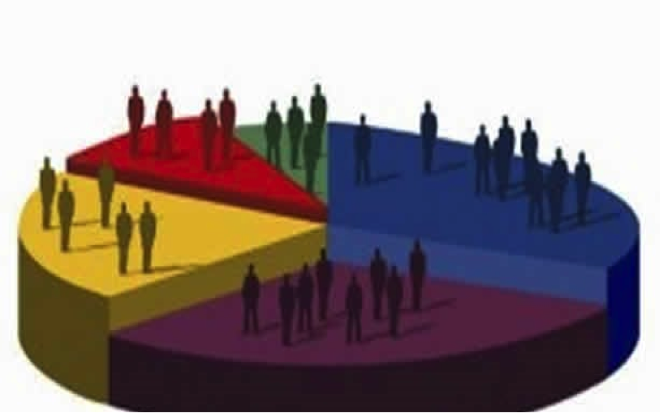
The Advantages of Global Macro Trading
As with all stocks and currency strategies. Global macro trading has some advantages. These advantages vary with investors, asset managers, and economic conditions.
Investors check the current value of an asset, after making all the necessary analysis. They can tell if an asset is overvalued or undervalued. This macro trading strategy helps identify possible changes in market trends.
The macroeconomic statistics and publications by countries fluctuate as circumstances change. The global macro strategy takes into account a wide range of economic variables, making it extremely adaptable.
Unlike most strategies, global macro trading sometimes uses fundamental, technical, and sentimental analysis. This gives a clear view of an asset.
Global macro trading has a good history of being a profitable trading technique. Only a very few strategies are this profitable.
The Disadvantage of Global Macro Trading
It demands a significant amount of data research and study. There is an endless amount of data to investigate, considering its nature as a completely comprehensive form of market evaluation.
It can become stressful for investors that have small groups or lack the ability to digitize aspects of their analysis, resulting in the reverse of the desired result.
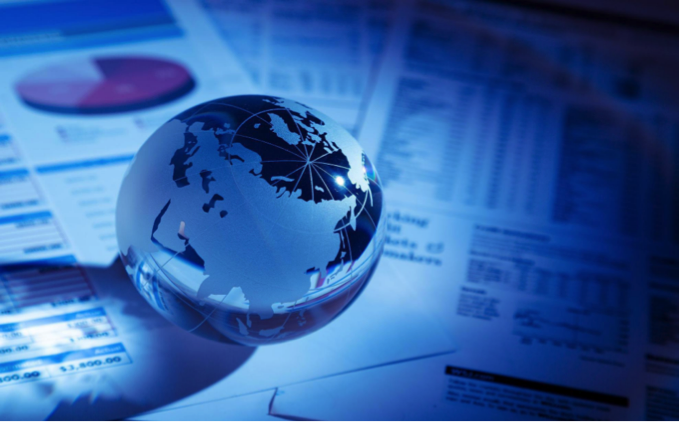
It's hard for retail investors to do everything on their own. Information that is reliable and easy to clean is expensive.
Approaches to Global Macro Trading
Macro trading can be classified into three, in accordance with the Corporate Finance Institute. A proper understanding of these approaches helps new traders that are looking to get into macro trading.
Discretionary macro
This method provides both freedom and discretion. The macro trader does fundamentals and technical before allocating cash as needed. They aren't restricted to only trading long or short positions, or trading specific assets or in specific countries. They may trade with this information in whatever way they choose, depending on their interpretation.
Systematic macro
This method seems to be more rigorous and focused on standards. Systematic trading methods are frequently programmable, which means the rules can be given to a system and it can select what to purchase, sell, or trade. In this situation, there is no such thing as prudence.
Based on the data points supplied, the strategy determines exactly what is what. Backtesting or theoretical forecasts are commonly used in such tactics.
A commodity trading advisor (CTA)
The manager can invest in futures contracts in either a systematic or discretionary manner. CTAs help newbies enter the market with little knowledge of macro trading. A CTA can be a person or an organization that gives advice to clients on the trading of assets.
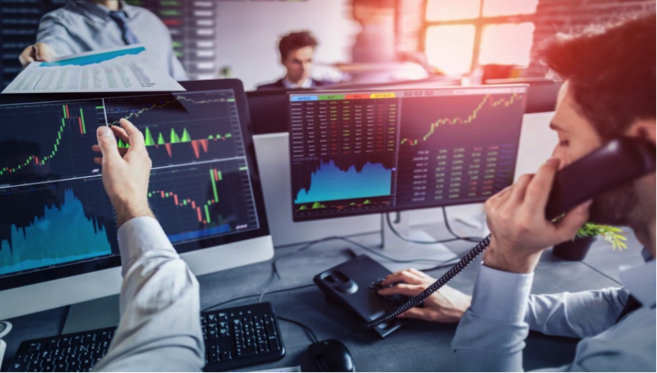
Conclusion
Macro trading can be complex and difficult because it involves lots of research and a good understanding of economic data. When combined with price action, macro trading can be a powerful tool in the hands of a retail investor.
A proper macro trading plan and a team of traders are ideal for macro trading. This would make carrying out research easier, faster, and more efficient. Implementing macro trading tactics is not a guarantee.
FAQs
What is a global macro strategy?
A global macro-strategy is an investment or trading technique based on economic, geographic, and global macroeconomic research and evaluation. To execute a macro strategy successfully, macro strategy exchange-traded funds look at macroeconomic and political aspects.
What is macro in investing?
Hedge funds or mutual funds are global trading techniques that invest in a variety of nations depending on macroeconomic and financial trends. Effective management is common in global macro funds, resulting in higher reinvestment limits and expenses.
How can I be a good macro trader?
To be a successful macro trader, you need to focus on execution. Having plans is not enough, you need to put them into action financially while managing risks.
Good research skills are also of the essence. Do your research, understand the information gathered, and figure out how it can affect market value.
Find a good trading plan that works, and use price action to enforce your trade setup. All these would make you a good macro trader.
What is a global macro funds manager?
They are managers who use macroeconomics to analyze the national market to find good investment opportunities from national trends and news.
What is a global macro hedge fund?
Global macro hedge funds are proactively managed funds that benefit financially from large market movements triggered by economic or political events.
Options, futures, currencies, index funds, bonds, and commodities are all examples of assets and instruments that may be used to make a market bet on an occurrence. If the projected scenario happens, the aim is to discover the optimum asset mix to maximize returns.
Hedge funds that invest in world economic events are known as “global macro hedge funds.” Financial instruments are used by investors to establish short or long bets depending on the results they expect from their research.
















